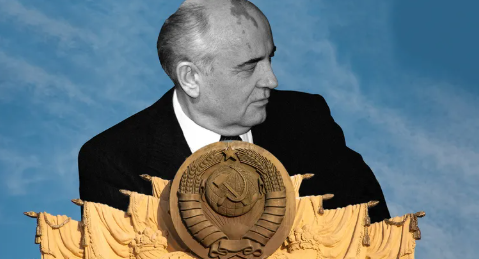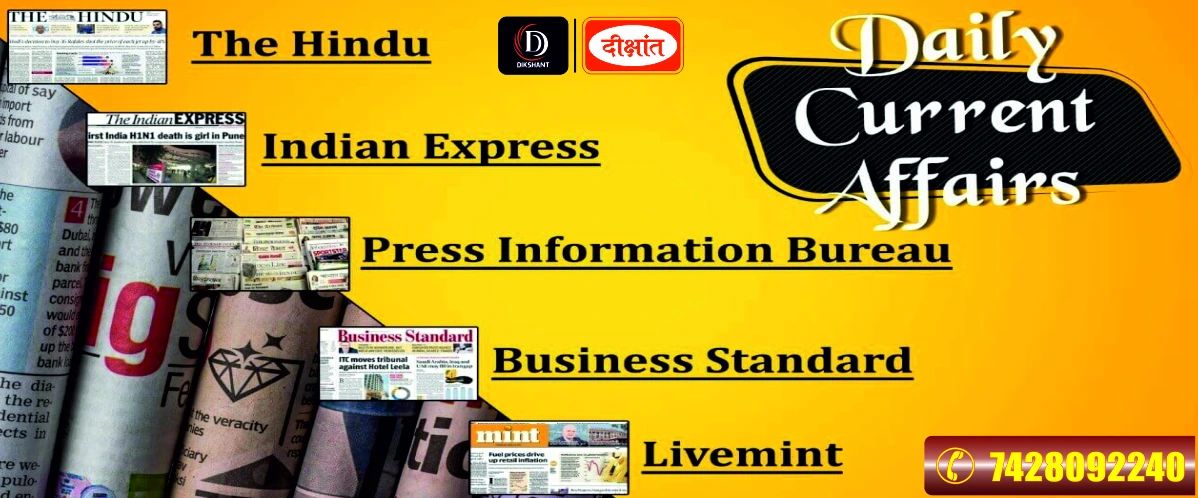The Collapse of the Soviet Union: A Comprehensive Overview (GS Paper 1, History)

Why It's Relevant Today
- On December 25, the anniversary of the day the Soviet flag was lowered from the Kremlin, marks the dissolution of the Soviet Union, which had once been a socialist federation.
- The event holds particular significance for understanding both historical geopolitics and modern international relations.
Origins of the Soviet Union
- The Soviet Union's inception traces back to the Russian Revolution of 1917, which ended centuries of Tsarist rule.
- The Tsarist regime had been characterized by absolute power, with increasing economic hardship fueling widespread dissatisfaction.
- The February Revolution in 1917 resulted in Tsar Nicholas II abdicating, which led to a power vacuum.
- A provisional government was set up but struggled to maintain control.
- In October 1917, the Bolsheviks, led by Lenin and Trotsky, overthrew the provisional government, seizing power and pushing the country towards socialism.
- Despite opposition, the Bolsheviks emerged victorious in the subsequent Russian Civil War, solidifying their power.
- By December 30, 1922, the USSR was formally established, becoming the first-ever communist state.
From Lenin to Gorbachev: Evolution of Soviet Leadership
- The early years of Soviet rule were marked by Lenin's policies of nationalization and centralization, but the leadership shifted dramatically under Joseph Stalin.
- Stalin’s reign saw intense purges and authoritarian rule, alongside the USSR's pivotal role in defeating Nazi Germany during World War II.
- After Stalin's death in 1953, the Soviet Union went through several phases of leadership, with Nikita Khrushchev attempting reforms and Leonid Brezhnev maintaining stability.
- However, by the 1980s, the USSR faced growing internal challenges under Mikhail Gorbachev, who introduced the policies of glasnost (openness) and perestroika (restructuring) in an attempt to revitalize the country.
- These reforms ultimately exposed deeper flaws and paved the way for the USSR’s dissolution.
Causes Behind the Disintegration of the USSR
- The economic stagnation that plagued the Soviet Union by the 1970s played a crucial role in its eventual collapse.
- A bloated military-industrial complex drained resources, while consumer goods were in short supply, fueling discontent.
- Gorbachev’s reforms, intended to modernize the system, instead weakened the Communist Party’s grip on power.
- The Cold War rivalry with the United States also intensified the pressure on the Soviet Union, leading to an arms race that drained economic resources.
- The failed intervention in Afghanistan in the 1980s further exposed the USSR’s vulnerabilities.
- As Eastern Europe became increasingly resistant to Soviet control, nationalist movements within the republics began to grow.
- By December 1991, the Soviet Union had officially dissolved, and 15 independent republics emerged.
- This marked the end of the Cold War era and the start of a unipolar world order dominated by the United States.
Global Impact of the Collapse
- The dissolution of the Soviet Union brought about profound changes in global power dynamics.
- The end of the Cold War led to a unipolar world, where the United States became the predominant global superpower.
- NATO expanded to incorporate many former Soviet bloc nations, while Western institutions like the IMF and World Bank promoted economic reforms in the newly independent states.
- Capitalism quickly became the dominant global economic model, and former socialist states transitioned towards liberal democracies and free-market economies.
- The collapse of the Soviet Union also contributed to the rise of multipolarity in global geopolitics, with nations like China and India asserting greater influence.
Continued Impact: Regional Conflicts and Nationalism
- One of the lasting legacies of the Soviet Union's dissolution is the unresolved territorial disputes and the rise of nationalism.
- In regions like Crimea, Eastern Ukraine, and Nagorno-Karabakh, the Soviet-era borders created tensions that continue to influence modern conflicts.
- Russia’s annexation of Crimea in 2014 and its ongoing involvement in the war in Ukraine reflect attempts to reclaim former Soviet territories and reassert influence.
- The Nagorno-Karabakh conflict, which erupted between Armenia and Azerbaijan, can be traced back to Stalin’s decision to place the region under Azerbaijan's control, despite its majority Armenian population.
- These territorial and ethnic tensions, compounded by the collapse of Soviet authority, continue to fuel regional instability.
Implications for India
- The fall of the Soviet Union significantly impacted India, especially in terms of its foreign policy and defense strategy.
- India had maintained close ties with the USSR, which were disrupted after the Soviet collapse.
- To adapt, India pursued economic liberalization in 1991, transitioning from a primarily state-controlled economy to one that embraced global markets and foreign investment.
- India also diversified its defense relationships.
- While it had been heavily reliant on Soviet military hardware, India strengthened partnerships with countries such as the United States, France, and Israel, facilitating joint ventures like the BrahMos missile system.
- The strategic autonomy that India sought became a key component of its foreign policy, and it began engaging more actively with global organizations like BRICS and the Shanghai Cooperation Organization (SCO).
- The collapse also had an impact on India’s regional strategy.
- The newly independent Central Asian republics became key players in India’s geopolitical calculus, and India sought to enhance its influence through initiatives such as the International North-South Transport Corridor (INSTC) to secure access to Central Asian resources.
Legacy and Modern Geopolitics
- The Soviet Union's legacy continues to shape contemporary global conflicts.
- NATO's eastward expansion, Russia's attempts to restore its influence in the post-Soviet space, and ongoing regional conflicts reflect the broader geopolitical shifts that followed the Soviet collapse.
The end of the USSR marked a significant turning point in world history, creating a new global order that continues to evolve in the face of emerging challenges. The legacy of the Soviet Union's dissolution is felt not just in Russia, but across the globe, influencing international relations, security, and economic policy.


